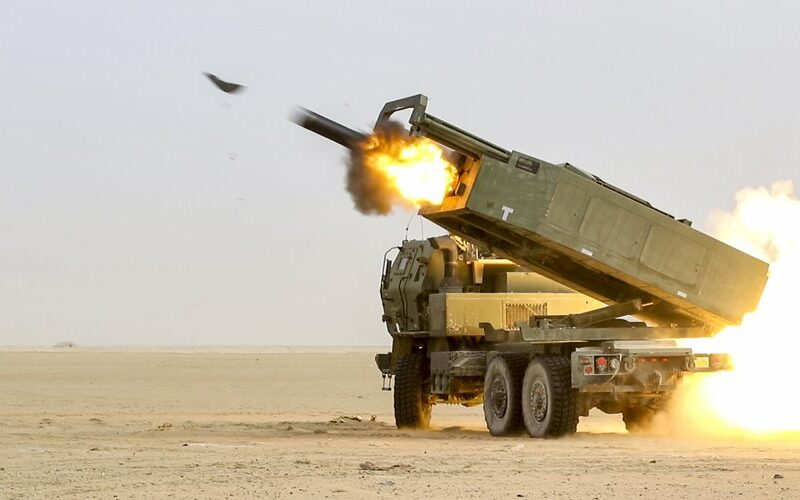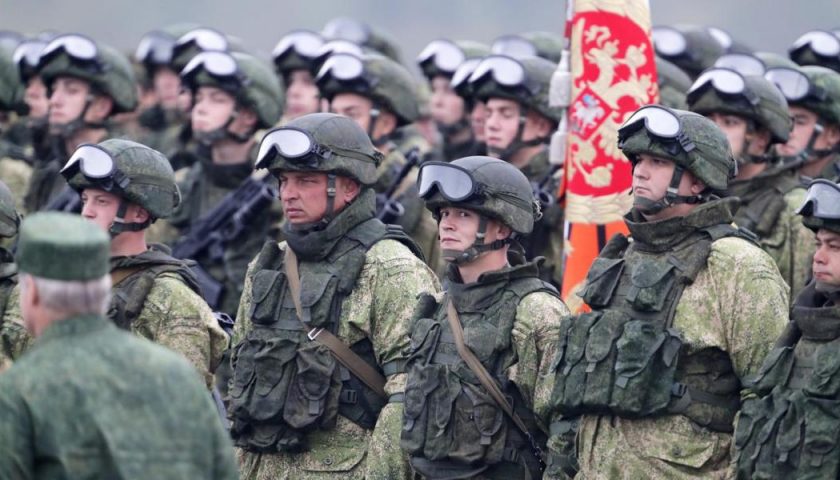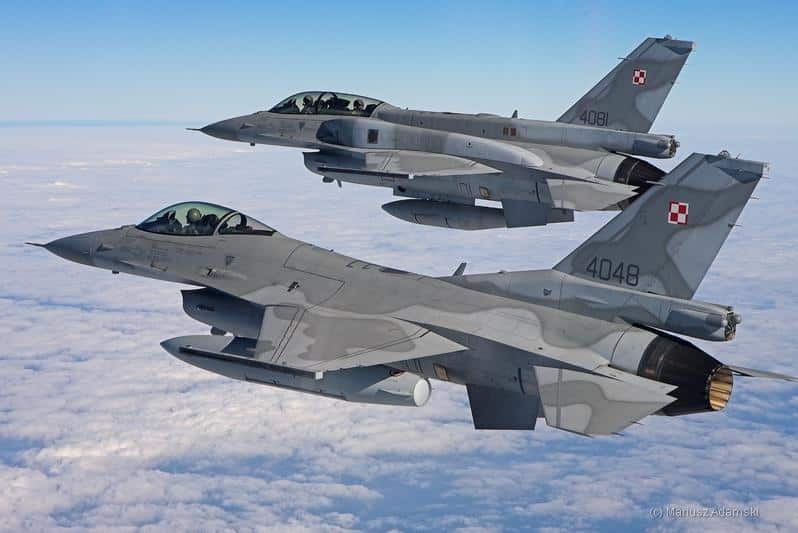In a previous article, we discussed the new status of Poland on the European scene, whether within NATO or the European Union, through the ambitions displayed by its Minister of Defense Mariusz Błaszczak concerning the next summit of NATO in Vilnius next July.
Paradoxically, after having long led people to believe that Polish policy aimed above all to obtain the backing and protection of the United States, recent developments in the strategy pursued by Warsaw show a real ambition to induce Europeans to fully assume their defence, while at least from a conventional point of view, especially in the face of the Russian threat, as Polish Minister Jacek Siewiera, head of the National Security Office, recently pointed out.
Thus, during this same interview given to the defense24.pl site, the Polish Minister confirmed that beyond the acquisition of 218 K239 Chunmoo long-range artillery systems from South Korea, the Polish armies also intended to acquire 500 American HIMARS systems as well as several thousand missiles and rockets, so as to be able to constitute on the European eastern front, a glacis of firepower capable of neutralizing in depth any threat coming from Russia.
In fact, Poland intends to have, beyond half of the heavy tanks, a third of the infantry fighting vehicles and a quarter of the 155 mm self-propelled guns deployed in Europe, 85% of the long-range firepower of NATO on the old continent, while the country represents only 8% of the population and less than 5% of the GDP of the European Union.

Above all, in the same interview, Mariusz Błaszczak gave more details on Polish ambitions, particularly in terms of defense industry and local production capacities, as well as on the role that Poland should play in the years to come to strengthen European defense capabilities in the face of the Russian threat.
Without ever digressing on the notion of European strategic autonomy, the Polish Minister nevertheless described objectives that come very close to it, in particular by aiming to provide Europeans with the capacity to defend themselves, in a conventional manner, against the Russian threat. , and this without having to rely on the protection of the United States, while having the industrial and technological capacities to support the competition with Moscow.
In fact, in many aspects, Warsaw seems to be pursuing a policy whose purpose is close to this objective pursued by France for several years and in particular since the arrival of President Macron at the Elysée Palace, and to a lesser extent by Germany. between 2017 and 2020 when relations between Berlin and President Donald Trump were at their worst, and which also had the ambition to bring Europe towards greater strategic autonomy.
But if the objectives may appear to converge, the strategy applied by Warsaw differs radically from that pursued by Paris and Berlin for several years, with 4 major differences likely to make it a success where France and Germany have failed so far .
1- A unifying adversary for European strategic autonomy: Russia
First, Warsaw has built its political strategy to face an adversary, and only one, Russia, which today represents a universally recognized threat throughout Europe since the attack on Ukraine. This approach effectively makes it possible to build a common political and defensive project, if not in a uniform way, in any case in a shared way, with all the European countries, whether they belong to the EU, NATO, or the two, with the exception of Hungary which obviously tends to follow its own trajectory.
Conversely, the justifications given by Paris to lead to the construction of European strategic autonomy were based on a certain mistrust vis-à-vis the United States, but also on a much broader vision of the threat that could affect the old continent, particularly in Africa, the Middle East or the Eastern Mediterranean.

However, for many Europeans, these threats presented by France were very weakly perceived, while the United States enjoyed an aura of protective nation much stronger than is the case in French public opinion.
In other words, where Poland designates an adversary universally recognized as an existential threat, France offered justifications based on competition between Europe and other major world powers, including the United States, as well as to contain threats poorly known and poorly understood by a majority of Europeans, while also avoiding designating Russia as a major threat as perceived by Eastern Europeans.
2- A leader by example
There are 75% of this article left to read, Subscribe to access it!
The Classic subscriptions provide access to
articles in their full version, and without advertising.
Meta-Defense celebrates its 5th anniversary!

- 20% on your Classic or Premium subscription, with the code Metanniv24
Offer valid from May 10 to 20 for the online subscription of a new Classic or Premium, annual or weekly subscription on the Meta-Defense website.



[…] […]